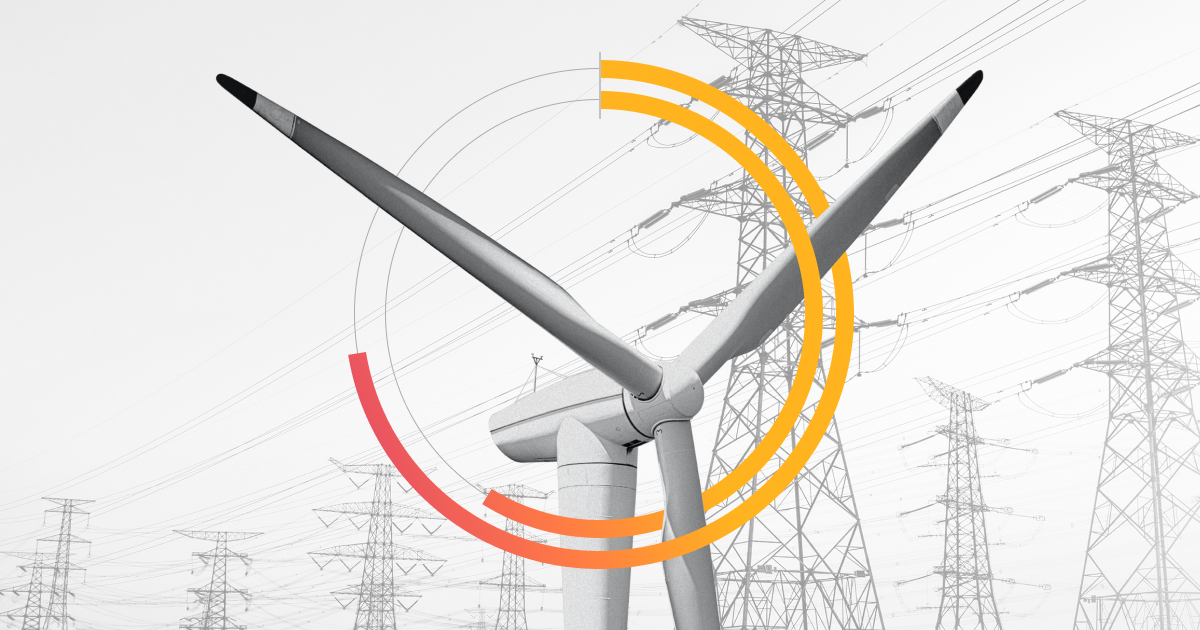As COVID-19 spread across the globe in 2020, a “perfect storm” of factory closures, labor shortages, and export restrictions led to catastrophic shortages of essential personal protective equipment, such as masks, gloves, and ventilators, as well as important consumer goods. The pandemic was a wake-up call for supply chain risk management. It exposed many common structural weaknesses that put companies at risk—from low inventory reserves to reliance on single sources of raw materials.
These lessons are crucial today, as companies face growing threats from climate-related disasters, geopolitical tensions, volatile markets, cyberattacks, and other disruptions. To minimize damage, organizations must first identify the weak spots in their supply chains.
This article explores what supply chain risks are, why they matter, and how new technologies, especially AI-powered analytics, can help companies spot, understand, and mitigate risks before the next crisis hits.
What are supply chain risks?
Weak spots leave companies exposed to losses.
Supply chain vulnerabilities are weak points, dependencies, or exposures that make an organization’s value chain more fragile and increase the likelihood of disruptions, delays, and losses. Examples include climate events and natural disasters like floods, wildfires, and earthquakes; geopolitical tensions and trade wars; pandemics and global health emergencies; and regulations like sanctions, tariffs, export restrictions, and climate laws.
Vulnerabilities can also arise from internal forces like inefficient processes and poor communication with suppliers. The reality is that every organization, no matter how advanced, has some level of vulnerability. The key is visibility: knowing where those weak points lie and how they could cascade through your operations.
Why is it important to identify supply chain risks?
Understanding exposure builds resilience.
Supply chain shocks are becoming more frequent and more expensive. In a global survey by Deloitte, one in five respondents said the financial impact on their organization from a failure by a third party had multiplied tenfold. In another study conducted by McKinsey, the average company experiences a major supply chain disruption lasting at least one month every 3.7 years, and can expect to lose up to 45% of one year’s profits from a single severe event.
Companies need to prepare for the worst, starting with a clear picture of what could go wrong. There are several reasons to prioritize identifying weaknesses in your supply chain:
- Prevention is less expensive than recovery. It’s far cheaper to diversify suppliers or stock backup inventory than to absorb the losses from a halted production line.
- Resilience builds continuity. Early identification allows businesses to create buffers, such as backup suppliers, alternative shipping routes, and emergency inventory to maintain operations during global shocks.
- Preparation protects your reputation. It can be difficult to bounce back once customers have experienced shutdowns and delays. Reliability and continuity are crucial for maintaining your reputation and brand image. Resilience in the face of disasters can create a competitive advantage.
- It helps with regulatory compliance. Many industries face strict regulations on supply chain transparency and risk management — yet too many are ill-prepared. In a McKinsey study, only 9% of respondents said their supply chains were currently compliant with new rules like Europe’s Corporate Sustainability Due Diligence Directive (CSDDD). Anticipating vulnerabilities helps ensure regulatory readiness.
The bottom line is that taking time to pinpoint your supply chain vulnerabilities helps future-proof your organization. For example, companies like Unilever and Starbucks are tackling climate-related threats to their supply chains by diversifying their sourcing and geographic exposure, investing in resilient agricultural practices, and fortifying relationships with farmers. This wouldn’t be possible without first getting a clear picture of their vulnerabilities.
Steps to identify supply chain risks
Technology can help with supply chain mapping, analysis, and alerts.
Identifying vulnerabilities can seem like a daunting task, especially for organizations with complex supply chains. There are a few key steps you can follow to streamline the process and lay the groundwork for effective risk management.
1. Map the Entire Supply Chain
You need to document all of your suppliers, logistics providers, and partners—not just tier one. You can use mapping tools to create visibility into hidden dependencies.
2. Assess Your Suppliers
Once you’ve mapped the supply chain, evaluate each partner’s geographic exposure, operational efficiency, cybersecurity, and financial health. To prioritize monitoring, you can score suppliers against different risk categories.
3. Identify Single Points of Failure
4. Assess Exposure to Climate and Disaster Risks
Overlay your supply chain maps with data about floods, wildfires, and storm risks. Weather patterns are shifting, so it’s critical to incorporate climate trends into long-term planning. For instance, Nestlé conducts bottom-up scenario analysis across its value chain and includes modeling of how climate change may affect key ingredient yields (including cocoa, coffee, etc) under different climate scenarios.
5. Evaluate Digital Risks
Audit your IT systems, data-sharing practices, and cybersecurity measures, and test your incident response readiness with suppliers and logistics partners.
6. Use Scenario Modeling
Simulating disruptions like shipping delays or spikes or factory shutdowns will help you identify bottlenecks and their potential ripple effects before they occur.
7. Increase Transparency and Supplier Communication
Encourage your suppliers to proactively report risks and share information about their own vulnerabilities. You can collaborate to build risk-response plans and agreements.
8. Set Up Real-Time Risk Monitoring
Predictive tools and AI can not only help you identify vulnerabilities in your supply chain, they can also track global threats and provide early warning to help you respond. With the right technology, you can continuously monitor political developments, natural disasters, and other disruptions.
Using AI to manage supply chain risks
Greater efficiency, better rapid response.
The lack of internal risk management tools, insights, and data is one of the biggest challenges in supply chain risk management—84% of companies surveyed by WTW reported these were a top concern in 2025 (up from 55% in 2023).
AI is a critical tool to solve this gap. It not only cuts down on the resources needed to manage risks. It also dramatically increases a company’s rapid response in the face of shocks like wildfires, cyberattacks, tariffs, labor strikes, and more. It can shift an organization from a reactive, firefighting posture to a proactive, resilience-building approach.
Key features of AI-powered supply chain risk management tools include:
- Risk assessment: Automated analysis of suppliers for financial, geographic, and cyber risks.
- Supply chain mapping: Tracing supplier networks to uncover hidden dependencies.
- Performance analytics: Measuring supplier health and delivery reliability.
- Real-time monitoring: Scanning news, weather, trade data, and even satellite feeds for signals of potential disruption.
- Predictive insights: Forecasting likely shortages or delays based on trends.
- Compliance management: Ensuring supply chains meet regulatory and ESG requirements.
Final Thoughts
In an era of climate shocks, cyber threats, and geopolitical tension, supply chain resilience is the new currency of competitiveness. The companies that thrive will be those that can see, understand, and act on risk before it manifests. AI doesn’t just make this possible, it makes it scalable. Always-on, data-driven visibility transforms uncertainty into insight and response time into advantage.
Learn how First Recon AI can help your organization pinpoint vulnerabilities, strengthen supplier networks, and build lasting resilience.


